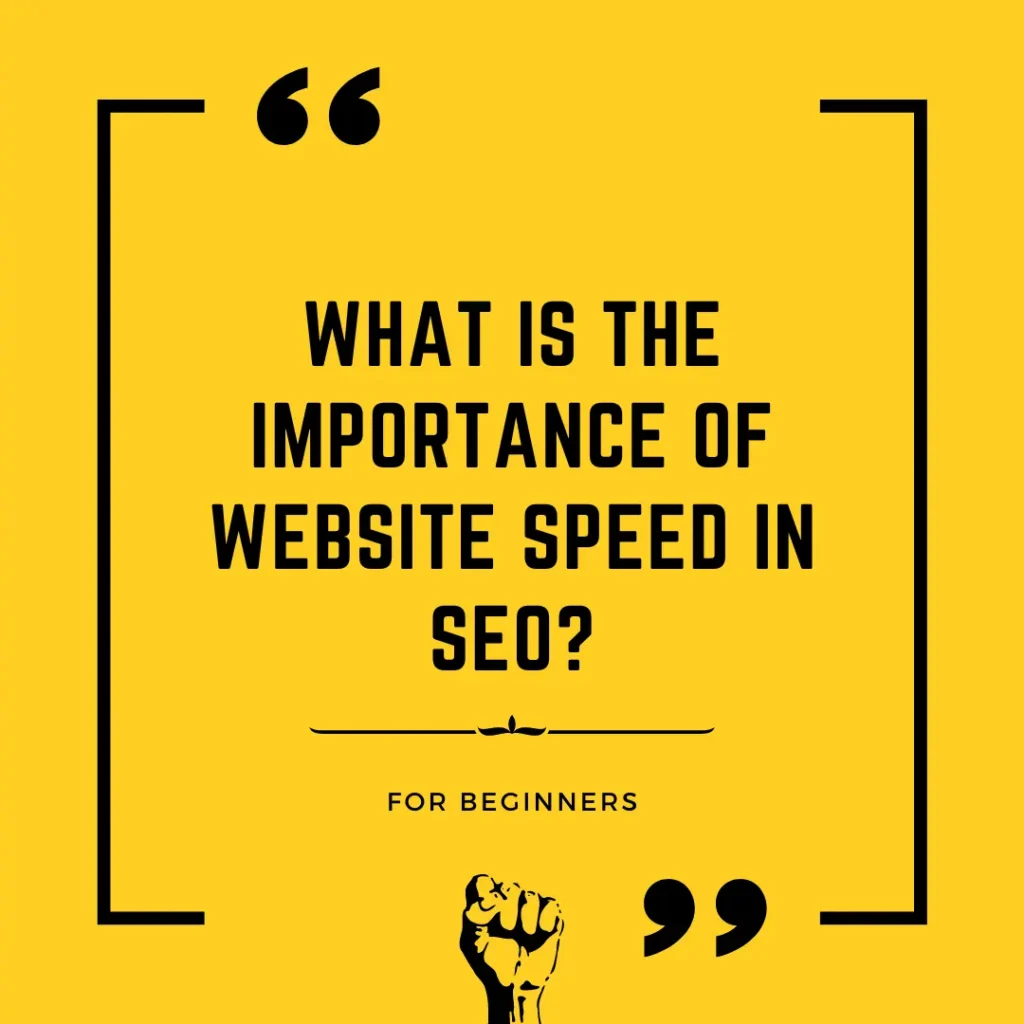How can website speed and performance affect SEO rankings?
In today’s digital age, having a strong online presence is crucial for businesses of all sizes. One aspect that plays a key role in online success is website speed and performance. A slow-loading website can not only frustrate visitors, but it can also have a negative impact on search engine optimization (SEO) rankings. In fact, search engines like Google prioritize websites that offer a fast and seamless user experience. So, if you want to improve your website’s visibility and drive more organic traffic. It’s essential to understand how website speed and performance affect SEO rankings. In this article, we will dive deep into this topic and explore the various ways in which website speed and performance can influence your SEO efforts.

Website speed and performance have a significant impact on SEO rankings. Search engines, like Google, consider various factors when determining the ranking of a website in search results, and website speed is one of those factors.
Here’s how website speed and performance can affect SEO rankings:
- User Experience: Search engines prioritize delivering a positive user experience. If your website takes a long time to load, visitors are more likely to abandon it and look for alternatives. This leads to a high bounce rate and a negative user experience, which can result in a lower ranking. On the other hand, a fast-loading website improves user experience, keeps visitors engaged, and encourages them to spend more time on your site.
- Mobile Friendliness: With the rise in mobile device usage, search engines prioritize mobile-friendly websites. Mobile users often have limited bandwidth and slower internet connections. If your website is slow to load on mobile devices, it can negatively impact your SEO rankings. Optimizing your website’s speed and performance for mobile devices is crucial for improving your search engine visibility.
- Crawling and Indexing: Search engine crawlers have a limited amount of time to crawl and index web pages. If your website is slow, search engine bots may not be able to crawl and index all your pages effectively. This can result in some pages not being included in search results, ultimately affecting your visibility and ranking.
- Page Load Time: Search engines take into account the page load time when determining rankings. A slow-loading website can be penalized and pushed down in search results. On the other hand, a fast-loading website is more likely to rank higher and attract more organic traffic.
- User Engagement Metrics: Website speed and performance also impact user engagement metrics, such as time on page, pages per session, and conversion rates. A slow website can lead to a higher bounce rate, fewer pages per session, and lower conversion rates. Search engines interpret these metrics as indicators of poor user experience, which can adversely affect your SEO rankings.
To improve website speed and performance for better SEO rankings, consider the following:
✔ Optimize images and multimedia files for web.
✔ Use caching techniques to reduce server load and improve load times.
✔ Minimize HTTP requests by combining and compressing CSS and JavaScript files.
✔ Enable browser caching to store frequently accessed resources locally.
✔ Utilize content delivery networks (CDNs) to serve content from servers closer to the user.
✔ Optimize your website’s code and reduce unnecessary scripts.
✔ Choose a reliable hosting provider with good server performance.
By prioritizing website speed and performance, you can enhance user experience, reduce bounce rates, and improve your chances of ranking higher in search engine results.
In summary, website speed and performance play a critical role in SEO rankings. Search engines prioritize fast-loading websites as they provide a better user experience. Slow loading times can decrease user engagement and increase bounce rates, leading to lower rankings. To improve your SEO rankings, it is essential to optimize your website’s speed and performance by optimizing images, using caching techniques, and reducing server response time. Like this article if you found this information valuable and want to stay informed about SEO best practices.